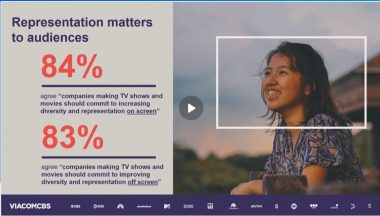If you want to engage a diverse audience, research is essential. It is important to understand those you want in your audiences. You need to learn about the cultures, histories, languages, social demographics and faiths of the communities that make up society.
Reading and field research, as well as meeting with members of cultural, faith or migrant communities, bring great rewards to audience development and its associated activities.
Understanding the interests and aspirations of any potential audience means moving away from simplistic assumptions which lead to prescriptive actions.
Culture, faith, gender and language are not the sole determinants in the way people interact with culture, the arts, screen and creative sectors. Histories, traditions, values, politics, different periods of migration, gender, sexuality, education and class all contribute to behaviour and taste.
It’s essential to be aware of the influences that make up a cultural group, and how they fit into a market segment in order to communicate and serve new and existing audiences.
By knowing your audiences better, you can communicate and engage better. It builds meaningful, long-term relationships. In doing so, you create allies. And the arts always need allies.
This website focuses on ethno-cultural, migrant, refugee and minority ethnic racial equity in the arts and creative sector. Working with First Nations communities and cultural material requires very specific frameworks, protocols and standards that this website does not attempt to address. Find out more.











